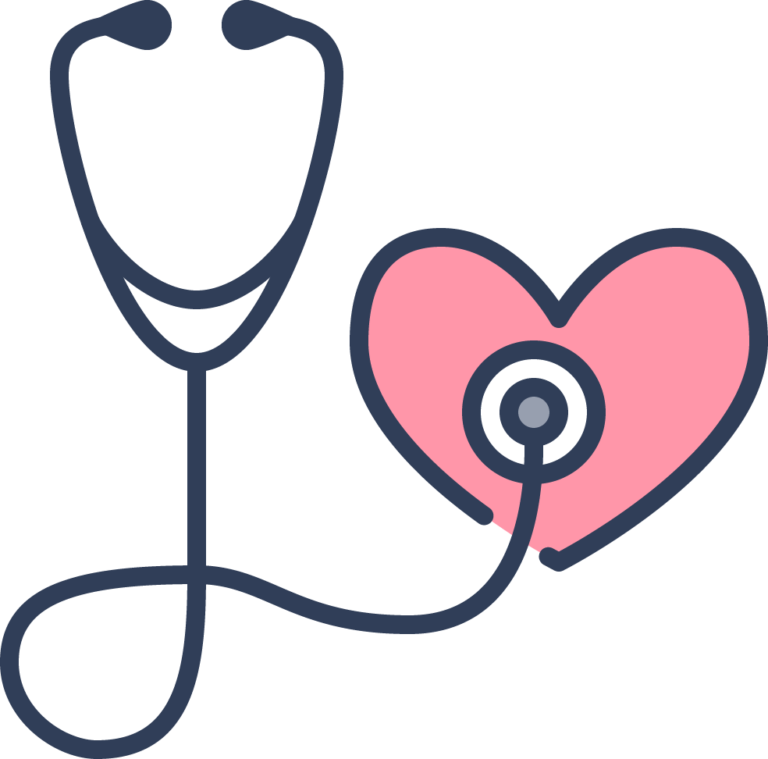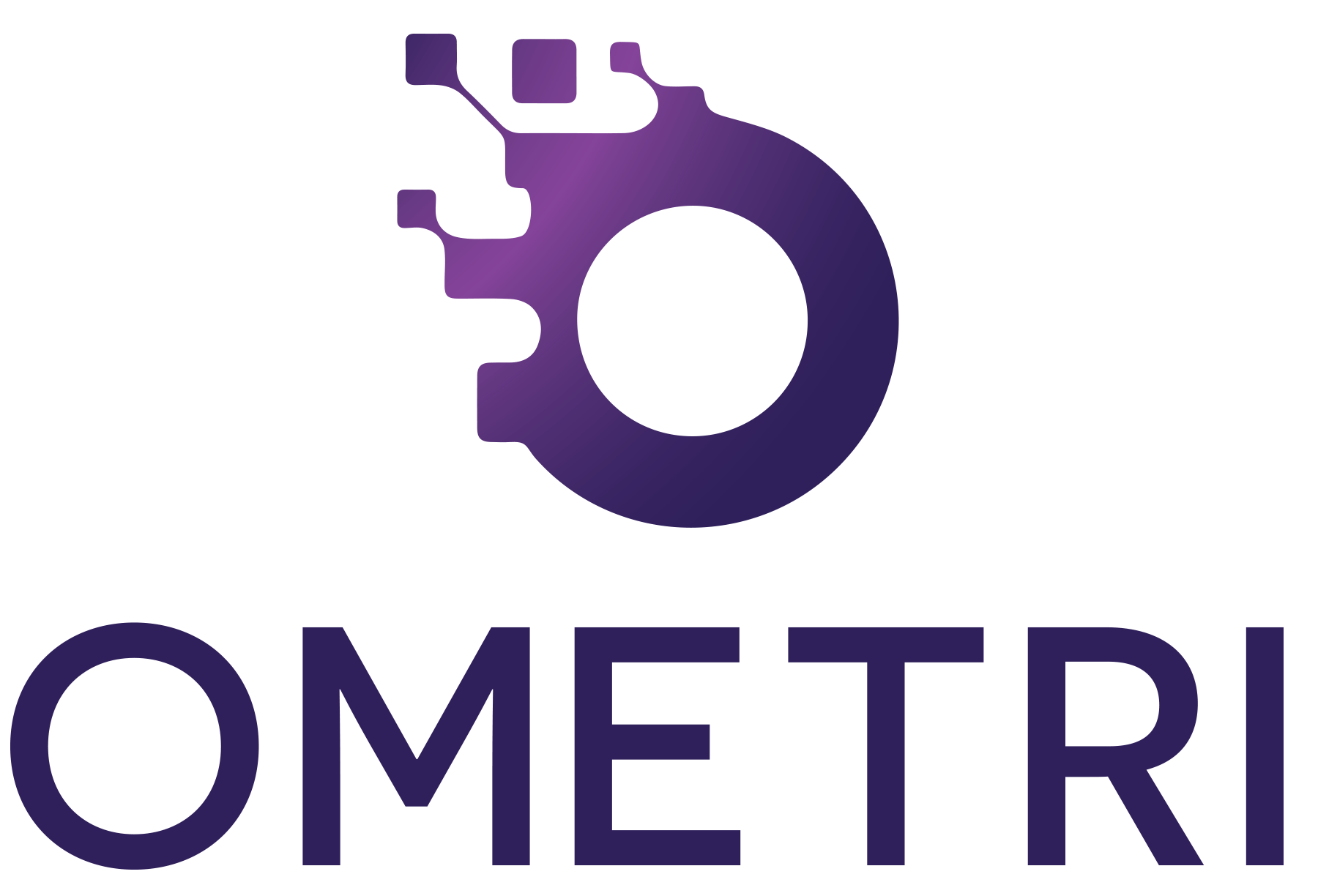Explore Our Services in
Ambulatory Cardiac Monitoring
Used to monitor electrical activity in the heart, ambulatory monitors detect irregularities in your hearts rhythm over extended periods of time.

What is Ambulatory Cardiac Monitoring?
Ambulatory cardiac monitoring is used to monitor your heart for an extended period of time to determine heart health and keep track of irregularities. The devices use electrodes that attach to your skin and track the electrical activity of your heart. The electrical activity then passes through an amplifier channel and computes into graphs and data that a doctor can use to diagnose arrhythmias, palpitations, and other abnormal heart symptoms. Different types of ambulatory cardiac monitoring devices include: Holter Monitor, Event Monitor, and Mobile Cardiac Telemetry options.
Our Diagnostic Services
Who needs Ambulatory Cardiac Monitoring?
Ambulatory monitoring devices are generally prescribed when a patient is having symptoms that could be explained by an irregular heart rhythm, or arrythmia.
Device Management


Cardiac Health Terminology
An arrhythmia is a problem with the rate or rhythm of the heartbeat. During an arrhythmia, the heart can beat too fast, too slow, or with an irregular rhythm. (from NIH.gov)
An electrocardiogram, also called an ECG or EKG, is a test that detects and records your heart’s electrical activity. This test helps to diagnose a heart attack or arrhythmia. An electrocardiogram is often done in a health care provider’s office, a clinic or a hospital room.
Modern technologies allow miniaturized ECG monitors to be used for extended periods of time while the patient is at home or work. Some personal devices, such as smartwatches, also offer basic ECG monitoring. Ask your health care provider which option is best for you.
An event monitor records the same information as an ECG but it can be worn for an extended period of time. More advanced cardiac event monitors can send the data directly to a healthcare provider for analysis.
A heart attack (also known as myocardial infarction) happens when the flow of oxygen-rich blood to a section of heart muscle suddenly becomes blocked and the heart muscle can’t get enough oxygen. If blood flow isn’t restored quickly, the section of heart muscle begins to die. (from NIH.gov)
Heart failure (also known as congestive heart failure) is a condition in which the heart can’t pump enough blood to meet the body’s needs. In some cases, the heart can’t fill with enough blood. In other cases, the heart can’t pump blood to the rest of the body with enough force. Some people have both problems. (from NIH.gov)
A Holter monitor is a battery-operated, portable electrocardiogram that records electrical heart activity for 24-48 hrs. It contains electrodes that attach to the skin and record natural electrical impulses as your heart contracts.

